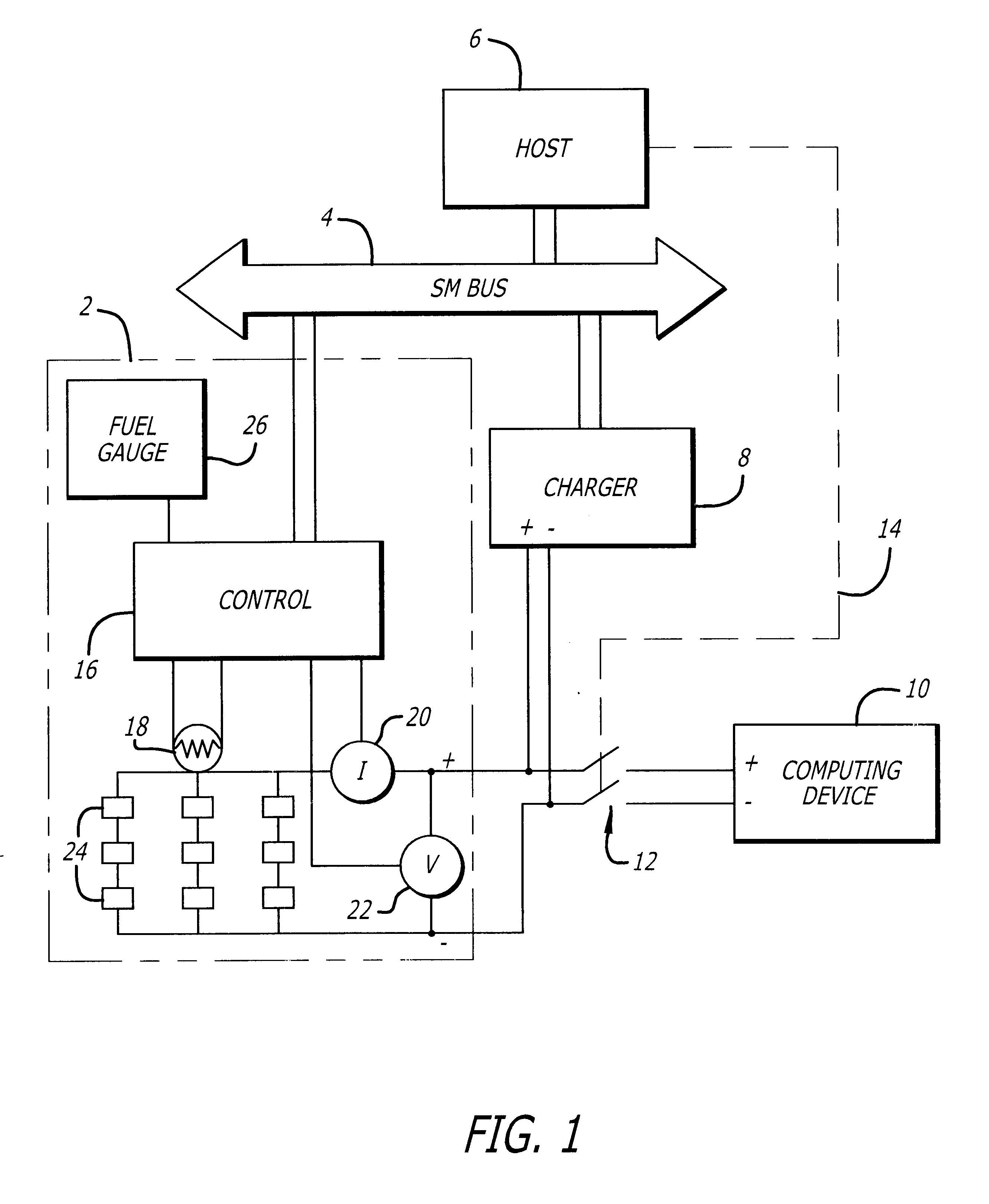Battery charging and discharging system optimized for high temperature environments
a high temperature environment and battery charging technology, applied in secondary cell servicing/maintenance, greenhouse gas reduction, transportation and packaging, etc., can solve the problems of insufficient alternative sources of electric power, and insufficient charging and discharging conditions
- Summary
- Abstract
- Description
- Claims
- Application Information
AI Technical Summary
Problems solved by technology
Method used
Image
Examples
Embodiment Construction
Illustrative embodiments and exemplary applications will now be described with reference to the accompanying drawings to disclose the advantageous teachings of the present invention.
While the present invention is described herein with reference to illustrative embodiments for particular applications, it should be understood that the invention is not limited thereto. Those having ordinary skill in the art and access to the teachings provided herein will recognize additional modifications, applications, and embodiments within the scope thereof and additional fields in which the present invention would be of significant utility.
The present invention advantageously utilizes a temperature sensor in combination with a battery charger, or a battery conditioner, to control charging and discharging current flow as a function of the battery temperature. As is understood by those skilled in the art, rechargeable batteries are characterized by a number of operational constraints. Among these ar...
PUM
| Property | Measurement | Unit |
|---|---|---|
| terminal voltage | aaaaa | aaaaa |
| temperatures | aaaaa | aaaaa |
| temperatures | aaaaa | aaaaa |
Abstract
Description
Claims
Application Information
 Login to View More
Login to View More - R&D
- Intellectual Property
- Life Sciences
- Materials
- Tech Scout
- Unparalleled Data Quality
- Higher Quality Content
- 60% Fewer Hallucinations
Browse by: Latest US Patents, China's latest patents, Technical Efficacy Thesaurus, Application Domain, Technology Topic, Popular Technical Reports.
© 2025 PatSnap. All rights reserved.Legal|Privacy policy|Modern Slavery Act Transparency Statement|Sitemap|About US| Contact US: help@patsnap.com



